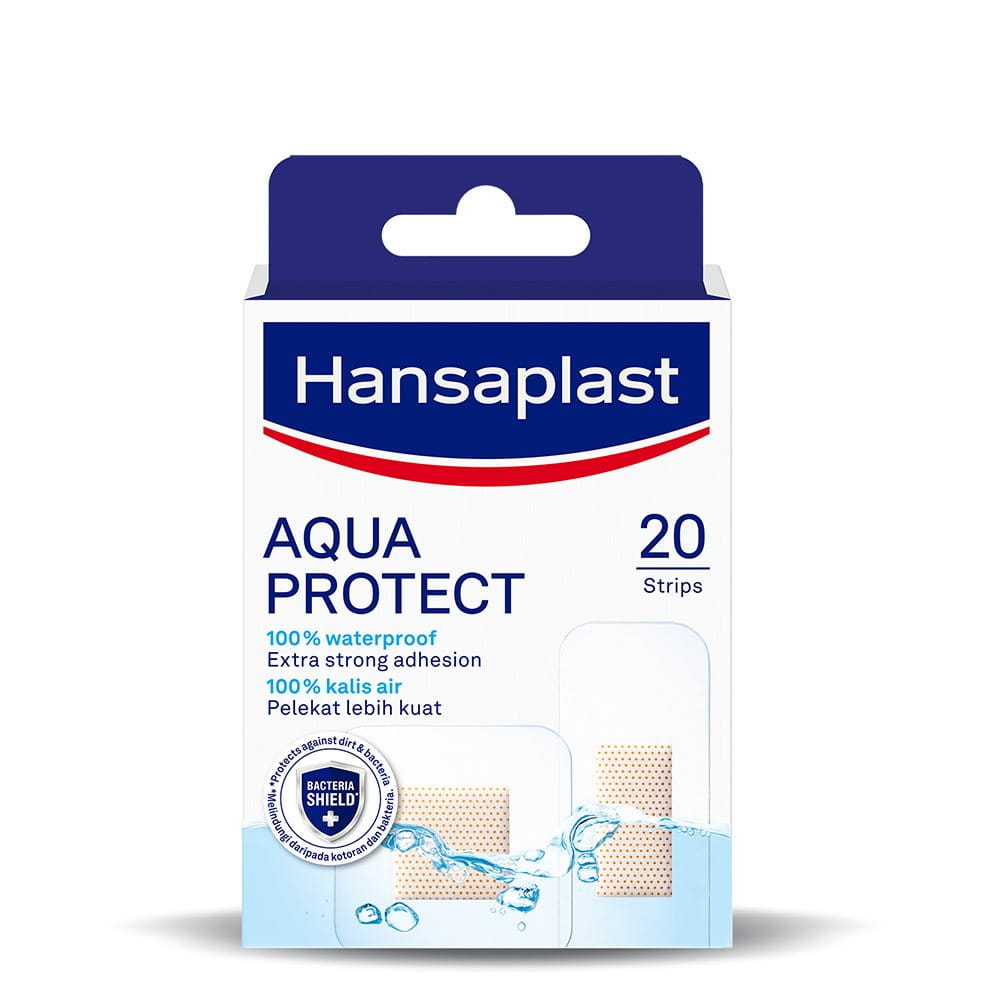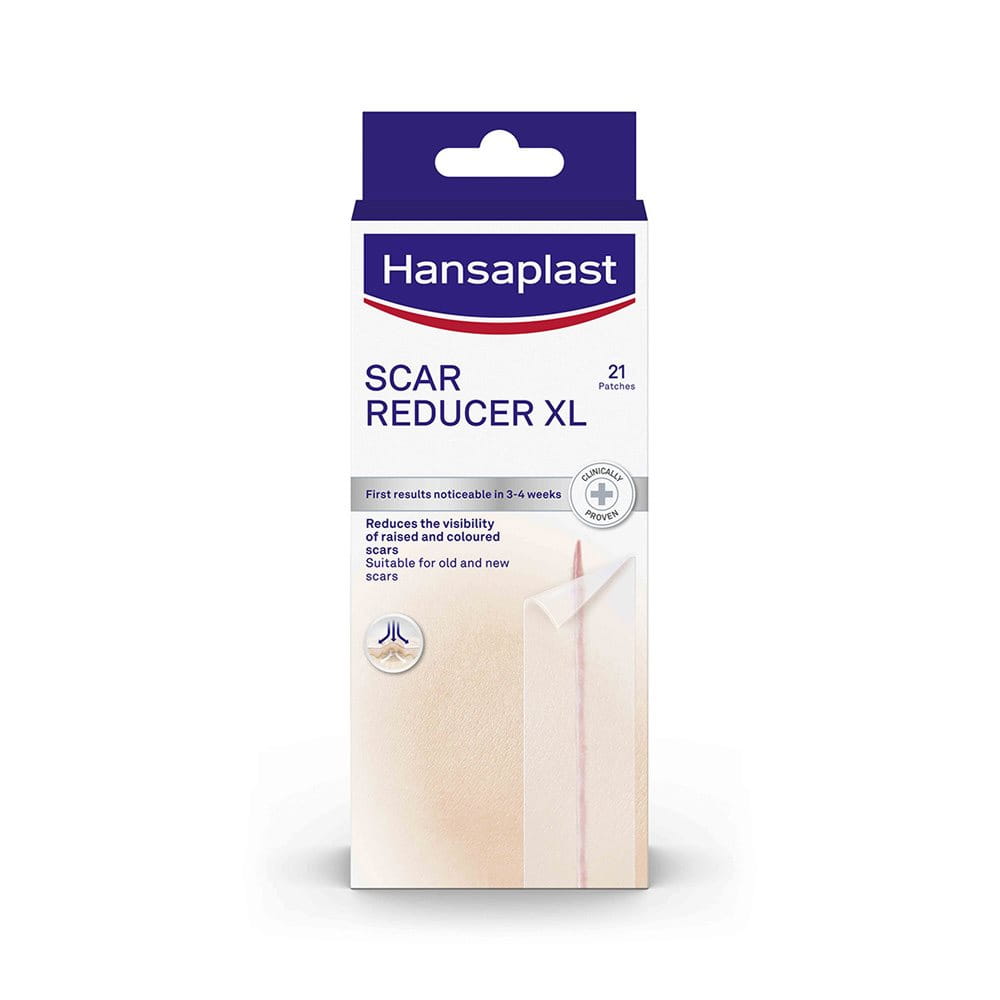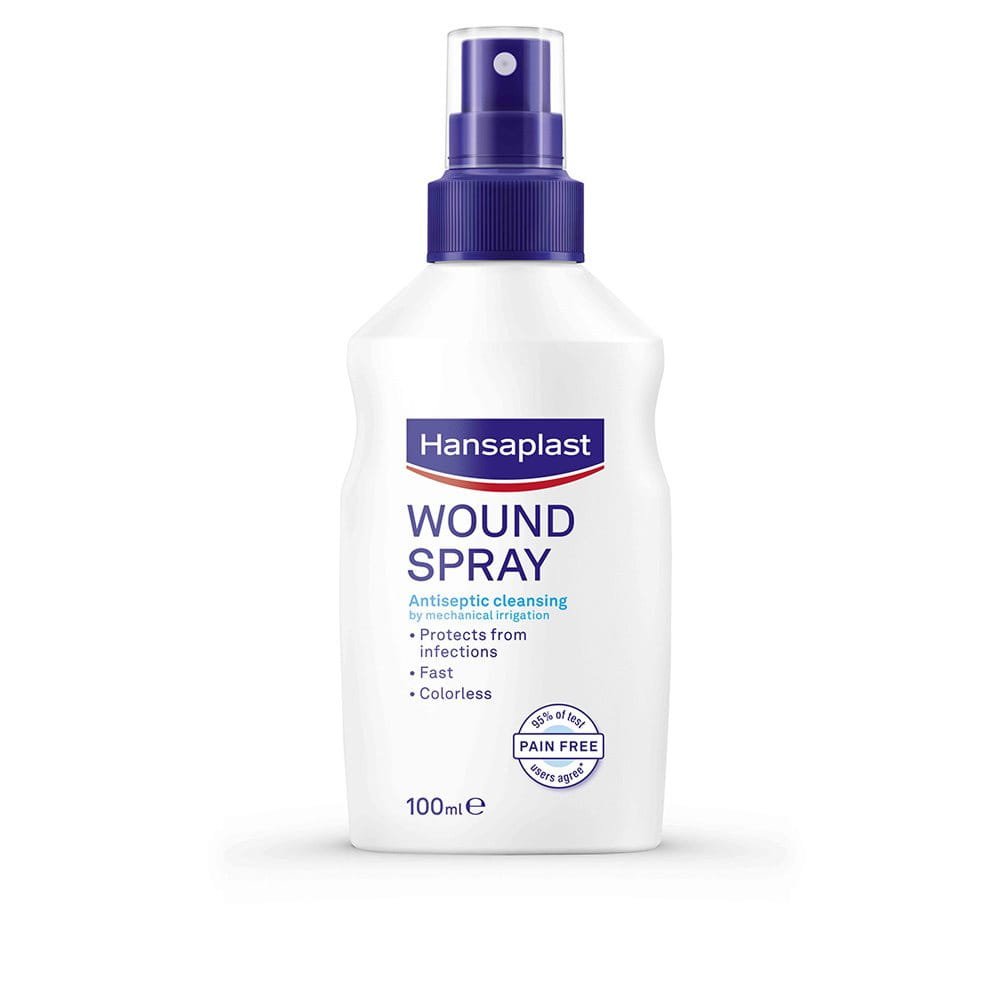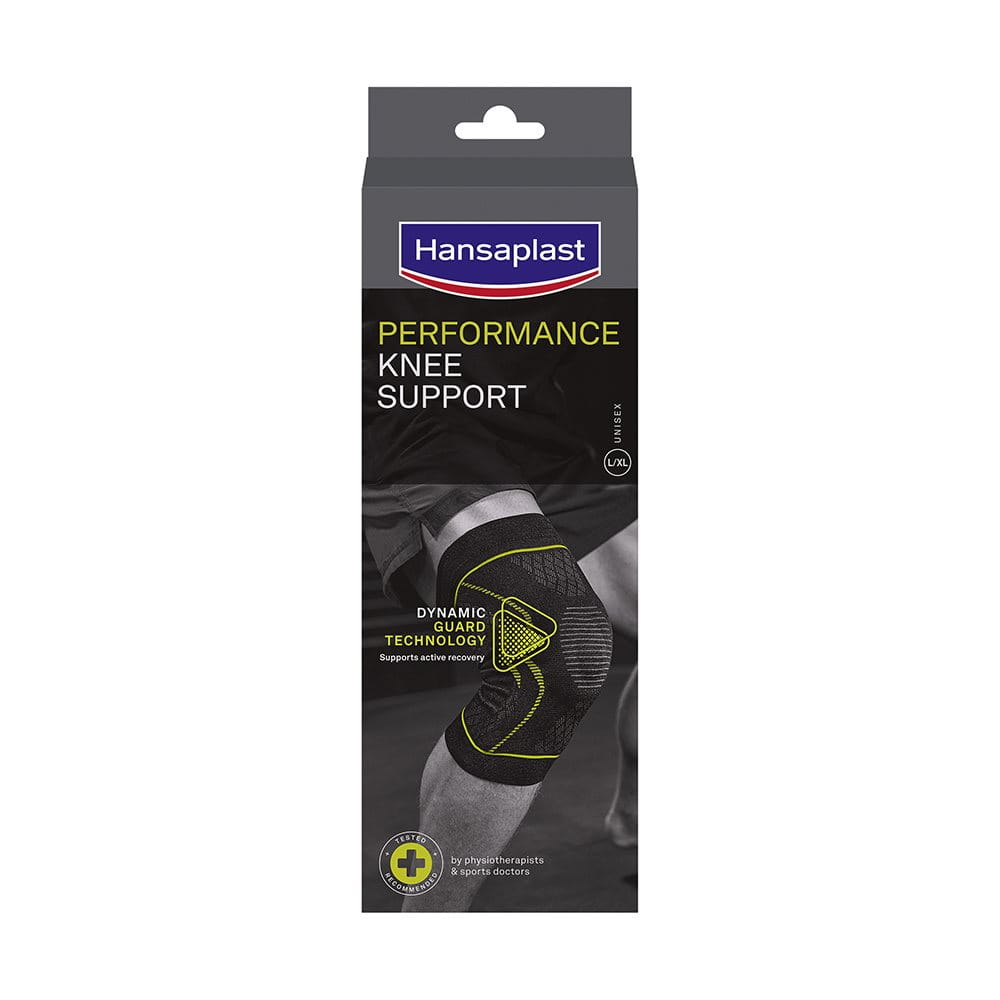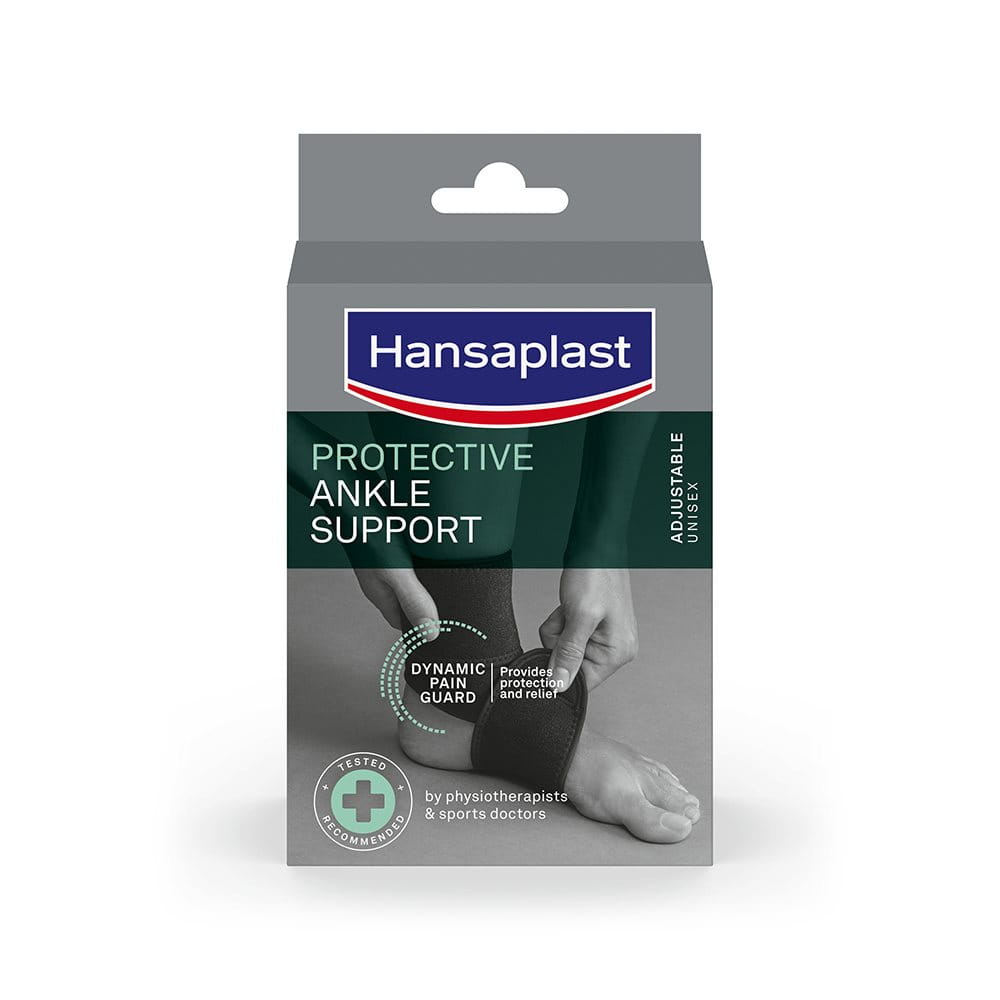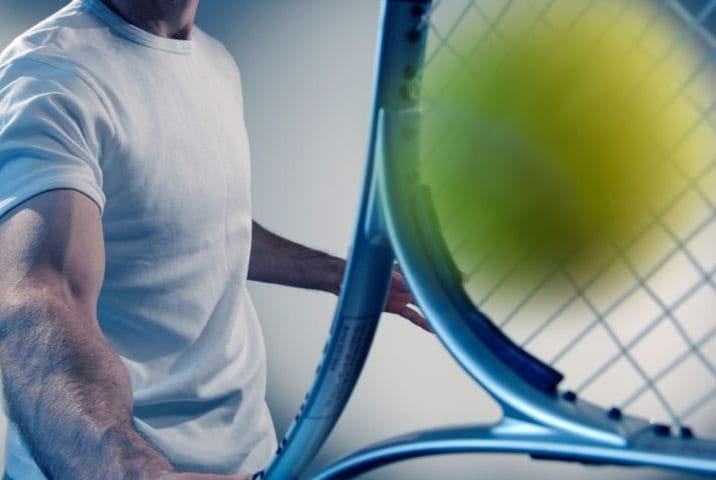You twisted your ankle and there is a sudden onset of pain, swelling or even a bluish coloration in the ankle area. This can mean you have a ligament rupture, also known as a torn ligament. Find out here what leads to this injury, what treatment options are available and how you can prevent it.
What is a ligament rupture?
Joints in the human body allow for its mobility. For this mobility to not be transformed into instability, ligaments around these joints, made primarily of dense, tough elastic tissue around the joints, ensure the body’s range of movement. Ligaments can have various functions such as
• stabilizing the joint
• guiding the joints’ movements
• and limiting movements
A ligament rupture refers to an injury of these essential connective tissue structures and can manifest in various degrees of severity. This can range from a partial tear all the way to a completely severed ligament. The impact of the injury: the affected joint can no longer move normally, bear physical stress or be stabilized.
Possible causes of a ligament rupture
A ligament rupture can occur for various reasons. In the large majority of cases, the cause is attributed to an unaccustomed sudden, abrupt movement of the affected joint. This can happen to professional athletes, but also occur during amateur sports activities, as well as during an accident.
Apart from acute injury situations, there are certain factors which scientists associate with a heightened risk of experiencing a ligament rupture. These are:
- high-performance sports
- types of sports with particular movement patterns or frequent, abrupt movements (e.g. football, skiing)
- injury to the affected joint in the past
- untrained muscles and joints
- overtraining
- lack of movement
What happens when a ligament tears?
The cause of a ligament rupture is an unaccustomed, excessive movement - sometimes with the joint dislocating or slipping out. This is the case when, for example, a joint is twisted or bent the wrong way. In extreme cases, intense force is exerted on the ligament and, in doing so, the connective tissue can be injured either by a pulling or by a twisting action.
Which ligaments can tear?
In theory, any ligament in the human body is capable of tearing. However, in some parts of the body, injuries occur more commonly. Thus a ligament rupture of the foot is a frequent reason for consulting a medical doctor after a sports injury or an accident. In the foot area, an outer ligament tear is a common occurrence and, in the knee area, the inner ligament and cruciate ligament are frequently affected.
Ligament rupture: symptoms indicating the injury
When a rupture of the ligament occurs, it is accompanied at the very moment it occurs by a sharp, jabbing pain. In some cases, the tear can be perceived as a snapping, popping or crunching sound. Subsequent to the initial injury, a swelling of the affected area can occur quite rapidly, as well as the formation of a bruise (hematoma). Further symptoms of a ligament rupture are:
- limited mobility,
- perceived instability,
- pain due to physical stress
- and unstable walking ability.
Distortion or ligament (partial) rupture?
It is possible that a ligament, despite enduring intense physical stress, will not tear, but rather simply be substantially hyperextended. Medically speaking, this is known as a distortion.
Because an overstretched ligament cannot be easily distinguished from physical stress or other illnesses, such as compression syndromes, it is advisable to consult a medical doctor, should the pain be persistent.
Diagnosing a ligament rupture at the doctor’s practice
Should you suspect a ligament rupture, it is strongly advisable to have the injury examined by a medical doctor.
Ligament ruptures can be classified in three degrees of severity:
- First degree injury: the ligament is overstretched (distortion)
- Second degree injury: a partial tear in the ligament is evident
- Third degree injury: the ligament is ruptured completely
The initial part of the examination at the doctor’s practice consists of making an exact visual assessment of the affected site, testing the ability of the joint to function properly and checking perception of pain. Palpating the area helps to more accurately pinpoint the location of the pain, which can possibly provide a clear indication for the injury.
Should this initial examination not be sufficient, medical imaging can additionally be performed. One option is to deploy ultrasound. MRT is also suitable to view the ligaments more closely. An X-ray examination is also performed if there is cause to suspect an injury to the bone or to the ligament bone-attachment site.
Treating a ligament rupture: What options are there?

Soon after a ligament rupture has been diagnosed, treatment is initiated. Here the degree of severity is an important factor. Medical doctors have both conservative and surgical options available to them when it comes to treating torn ligaments. For the conservative treatment of a ligament rupture, these measures are available:
• Elevation and immobilization (for about three days during the initial acute phase),
• Compression and cooling (for about three days during the initial acute phase),
• Resting and stabilization with the aid of supports, bandages, orthoses and walking aids,
• Pain medication,
• Physical therapy
Severe ruptures, tears to the ligament bone-attachment site, as well as the risk of permanent limitations as a result of the injury can make surgery imperative. The pros and cons are, as a rule, weighed very carefully. The exact measures to be taken are then discussed with one’s doctor.
Important! The first measure to take when suspecting a torn ligament is acute treatment based on the RICE approach. “RICE” stands for Rest, Ice, Compression and Elevation and serves as immediate treatment directly after the injury.
How long does it take until a ligament rupture is completely healed?
The healing process and duration depends on the severity of the injury. Thus, it is not possible to make a general statement regarding the duration of healing a ligament rupture. In any case, it is essential to get treatment as soon as possible in order to avoid complications and unnecessarily prolong the healing process.
Depending on the degree of the injury and type of ligament rupture treatment, the duration of the healing process can take from four to several more months. It is essential to have patience for effective healing to take place. If physical stress is exerted on the joint too early on, after a ligament rupture, the healing process can be significantly prolonged and the risk of complications can increase.
Note: A ligament rupture should not go untreated. Aggravating consequences can possibly ensue, such as limited ability of the joint to function, accidents due to instability, chronic pain, increased risk of arthrosis or further ligament ruptures.
Preventing a ligament rupture
It would be ideal if a ligament rupture did not occur at all. In general, a healthy lifestyle with a balanced diet and ample movement will contribute to minimizing the risk of experiencing a ligament rupture – in addition, regeneration after doing sports is also of importance. Stretching exercises before sports activities can also mitigate the risk of injuries to one’s ligaments.
Before beginning with your training, you can, for instance, apply supports for your wrist, ankle and knees. Whoever intends to begin with a sports routine after a longer break, or wants to, for example, start running should not overexert oneself at the beginning, but rather take care to increase the intensity of the activities very gradually. This will reduce the risk of unwanted downtime due to sore muscles, overly strained tendons, joint pain or even torn ligaments.

Laura de Bruin graduated in 2013 as a physiotherapist at the Hogeschool Rotterdam. In September 2015 she started the Master's degree in Manual Therapy in Rotterdam. In June 2018 she successfully obtained this degree and started afterwards in September 2021 the Master Psychosomatic Physiotherapy in Utrecht. Furthermore, an exam is planned in 2023 to become a mulligan certified practitioner. Laura de Bruin sees importance in the provision of good quality care in an efficient and respectful manner that meets the preferences, wishes and expectations of a client as much as possible. In addition to individual treatments with clients, she supervises exercise groups. In recent years she has also followed several courses for headaches, neck-, shoulder- and back problems.
Please note that any recommendations and advice given on this website have been compiled with care. However, they are, in no way, meant to take the place of a medical doctor’s consultation and treatment. Should you have or assume to have a health-related problem, consult a medical professional and adhere to the medical advice provided, regardless of the information you have received on this website.
For further information on our products, please call us on our Hansaplast hotline: telephone 01805 / 266288 Monday to Friday from 8:00 a.m.to 6 p.m. (14 cents per minute via the German landline).
